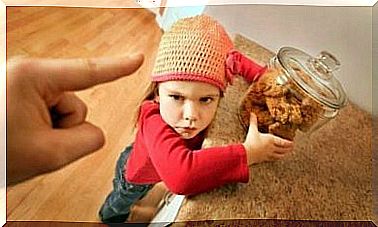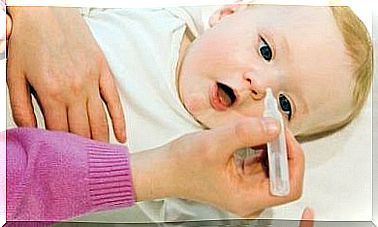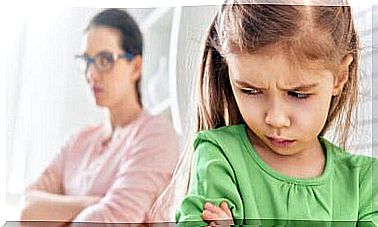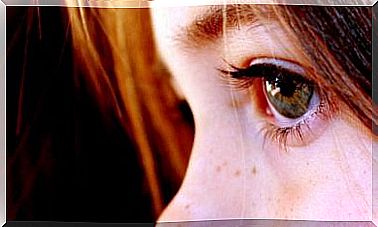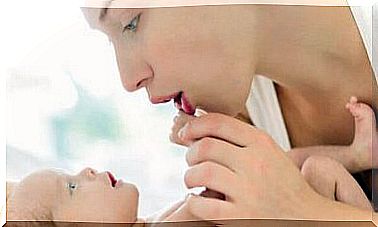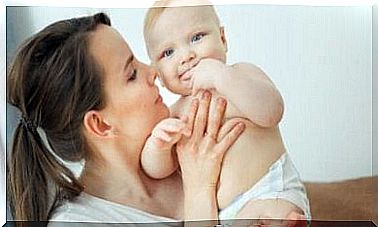What To Do If Your Child Bumps His Head

It is common knowledge that children should not sleep after bumping their heads. However, medical professionals have recently stated that what is really important are the reactions and symptoms immediately after the accident.
What to do if your child bumps their head
When something like this happens, our first reaction is to take our little ones to the doctor right away, and there is nothing wrong with that either.
However, medical professionals agree that the best a child can do after a strong blow to the head is to rest and take it easy.
However, there is always someone on hand to insist that you shouldn’t let your child sleep, otherwise they could fall into a coma. Such advice is terrifying to parents.
In reality, it all depends on how strong the shock was on the child’s head.
If your child bumps their head, the first thing you should do is see if they are conscious. The best way to do this is by asking short and simple questions like, “What’s your name?”, “Where are you?” or similar.
If your child is too young to answer these questions, you can test their response to certain stimuli. This allows you to decide whether it is conscious or not.
You can see if it is following an object with its eyes if you move it back and forth in front of it. You can also do the same with a flashlight.
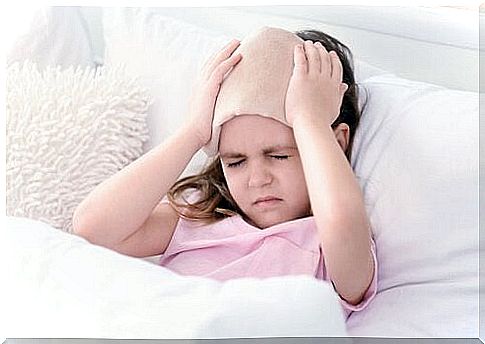
Symptom to look out for
The symptoms that can occur after a bump on the head vary, and some may require medical examination and observation.
When a child is bumped in the head, the brain can become quite jolted. The symptoms that follow occur as the brain puts itself back in order. This may take some time.
Among the most common symptoms are: disorientation, loss of balance, blurred vision, headache, tingling in the arms and legs, and nausea with vomiting.
A doctor should evaluate the severity and duration of symptoms and decide whether a hospital visit and medical evaluation are necessary.
What to do if there are no obvious symptoms
If a child shows no symptoms and continues to play normally after bumping their head, there is most likely nothing to worry about.
Remember that at this age your child’s bones and even their skulls have a certain flexibility that cushions and absorbs some of the impact.
The first 8 hours after the incident are fundamental. The treatment of the shock needed depends on the severity of the injury.
If your child has minor headaches, you can give them pain relievers, but only as recommended or prescribed by your trusted pediatrician. You can also put a cold compress on the forehead and let your child relax for the rest of the day.
If your child wants to sleep, let them. His body and brain demand rest and relaxation. However, you should check back on it more often and wake it up every 2 hours to see how it reacts.
Of course, if your child hits their head very hard and you cannot control the wound, you should see a doctor immediately.
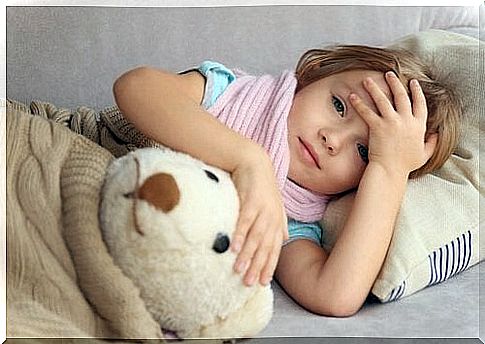
More advice for parents
First of all, keep calm. If your child is crying, try to calm them down as best you can. Most of the time, bumps to the head are less serious than you think, even if there is a lot of bleeding. Remember that the head has a multitude of blood vessels.
Also, keep in mind that bumps to the head are one of the most common injuries to children.
When your little ones are playing, running, learning to walk, trying to reach something, falling out of bed, riding a bike, a lot of the bumps and injuries will be on their head.
Most of the time, these injuries are very small. However, they can also be serious at times – especially when we are dealing with car accidents, skate accidents, or falling stairs.
It is always better to be careful and try to avoid the risk of your child getting a head injury.
